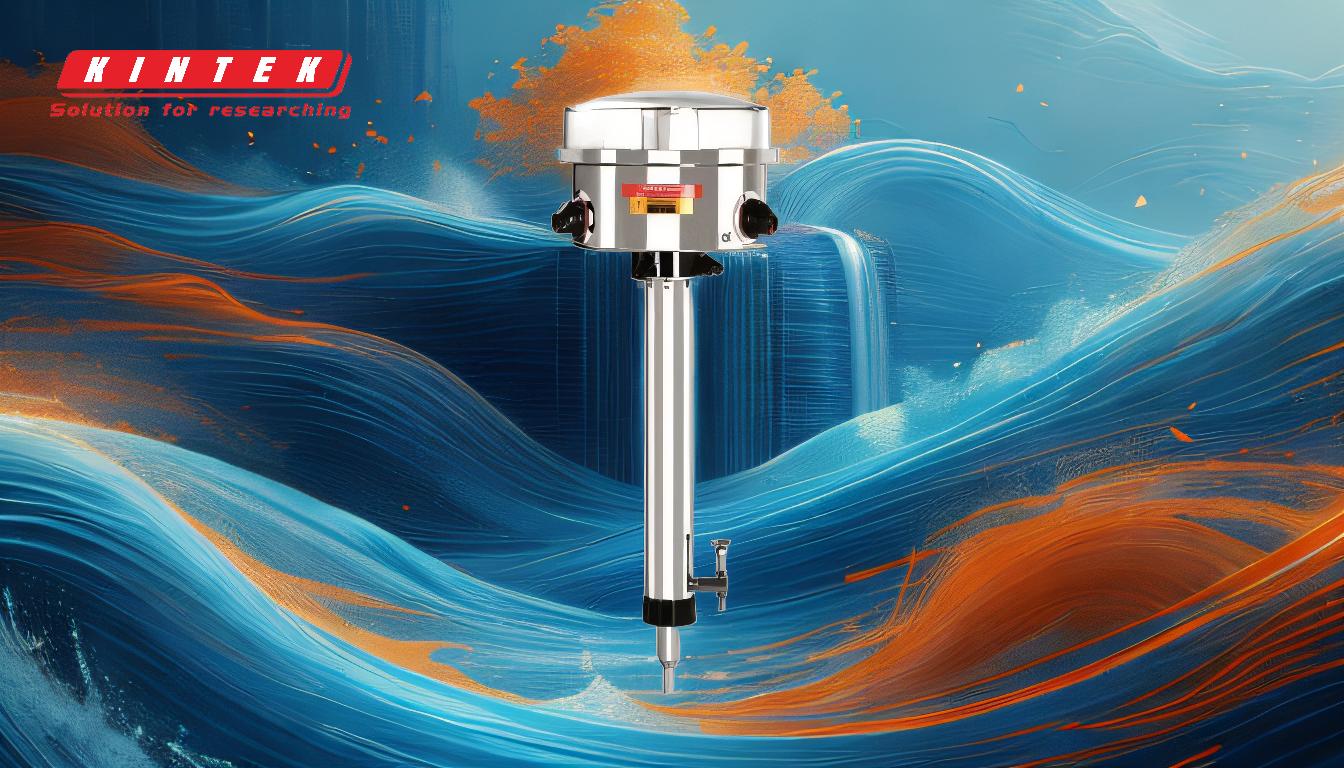A distillation setup is a critical system used to separate components of a liquid mixture based on their boiling points. The four most important parts of a distillation setup, whether for short-path or traditional distillation, include the heating source, distillation flask, condenser, and receiving system. These components work together to ensure efficient separation and collection of the desired substances. The heating source provides the necessary energy to vaporize the liquid, the distillation flask holds the mixture, the condenser cools the vapor back into a liquid, and the receiving system collects the purified distillate. Each part plays a vital role in achieving a successful distillation process.
Key Points Explained:

-
Heating Source
- The heating source is responsible for providing the energy required to vaporize the liquid mixture.
- In traditional distillation setups, this is often a heating bath or heating mantle, which uniformly heats the distillation flask.
- For short-path distillation, a heating mantle is commonly used to ensure precise temperature control, which is crucial for separating heat-sensitive compounds.
- The heating source must be adjustable to maintain the optimal temperature for the specific mixture being distilled.
-
Distillation Flask
- The distillation flask, also known as the boiling flask or bubble flask, holds the liquid mixture to be distilled.
- It is designed to withstand high temperatures and is typically made of heat-resistant glass.
- In short-path distillation, the flask is often connected directly to the short path head, which minimizes the distance the vapor must travel, reducing the risk of compound degradation.
- The size and shape of the flask depend on the volume of the mixture and the type of distillation being performed.
-
Condenser
- The condenser is a critical component that cools the vaporized mixture, converting it back into a liquid.
- In traditional setups, a condenser is typically a coiled or straight tube cooled by a circulating fluid (e.g., water).
- In short-path distillation, the condenser is often integrated into the short path head and is cooled by a chiller to maintain a low temperature, ensuring efficient condensation.
- The condenser's design and cooling capacity are essential for achieving high-purity distillates.
-
Receiving System
- The receiving system collects the condensed liquid (distillate) after it passes through the condenser.
- In traditional setups, this is often a simple receiving flask.
- In short-path distillation, the receiving system includes a receiving cow and multiple receiving flasks, allowing for the collection of different fractions of the distillate.
- The receiving system must be airtight to maintain the vacuum required for efficient distillation, especially in short-path setups.
These four components—heating source, distillation flask, condenser, and receiving system—are the backbone of any distillation setup. Their proper selection, configuration, and operation are essential for achieving high-quality separation and purification of compounds. Whether for traditional or short-path distillation, understanding the role and importance of each part ensures optimal performance and successful outcomes.
Summary Table:
| Component | Function | Key Features |
|---|---|---|
| Heating Source | Provides energy to vaporize the liquid mixture. | Adjustable temperature, heating bath/mantle for precise control. |
| Distillation Flask | Holds the liquid mixture to be distilled. | Heat-resistant glass, direct connection to short path head for short-path setups. |
| Condenser | Cools vapor back into liquid for efficient separation. | Coiled/straight tube (traditional) or integrated short path head (short-path). |
| Receiving System | Collects the purified distillate after condensation. | Airtight design, multiple flasks for fraction collection in short-path setups. |
Ready to optimize your distillation process? Contact us today for expert guidance and solutions!











